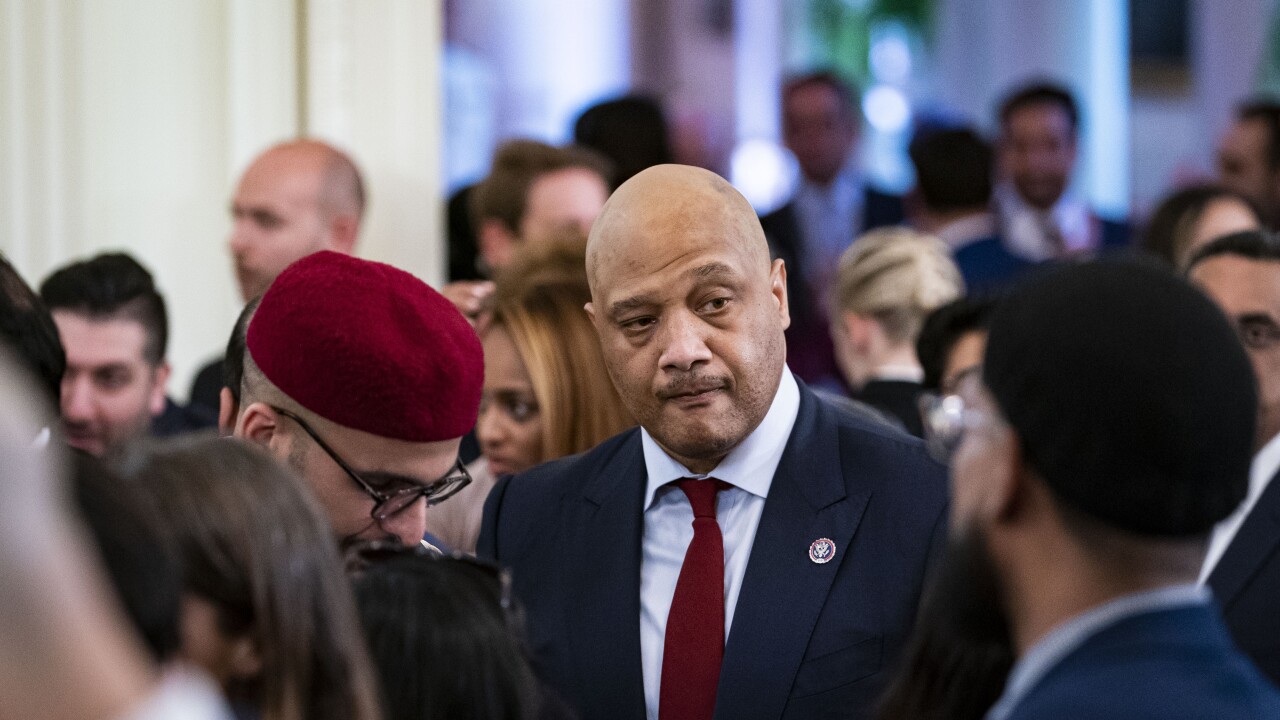DALLAS - The New Orleans Regional Transit Authority has proposed a $212 million streetcar expansion effort that would be financed with $73.5 million of sales tax revenue bonds and $121 million in federal transit funds.
The RTA's plan would add about 8.5 miles to the existing 12.5 miles in the current three-line system in New Orleans. The three new lines would connect to the existing Canal Street streetcar line downtown.
The proposed revenue bonds would be supported by the authority's 0.5% sales tax in Orleans Parish, which has been in place since 1986.
Some 57% of the total financing would come from the federal funds, none of which have been obtained at this point.
The federal component includes $95.6 million of federal stimulus funds from the Transportation Investment Generating Economic Recovery grant program. Another $25 million would be provided by grants from the Federal Transportation Administration.
The $1.5 billion TIGER program will pay 100% of the costs for qualified projects, but no state can receive more than $300 million. The Louisiana Department of Transportation and Development may seek more than $200 million in TIGER funds for an interstate highway project.
The Federal Transportation Administration grants are normally awarded only to projects that are 50% financed by local governments. In the RTA's plan, local financing would provide 43% of the total cost.
In addition to the $73.5 million in sales tax bonds, the transit authority would provide $18 million from a reserve account and other agency sources for the expansion effort.
The RTA has not issued revenue bonds since 1998. The rating on its tax-supported debt provided by Standard & Poor's dropped to BBB-minus, and then Hurricane Katrina in 2005 cut the devastated system's ridership by more than 70%. The rating was raised to A-minus by Standard & Poor's this spring.
RTA chief executive officer Justin Augustine said the authority will file applications for the two federal programs this week.
Planning for proposed system expansions have been under way for more than a year, Augustine said. The improved bond rating pushed the project forward because it meant that the authority could afford to finance a significant portion of the project with its own resources.
"Clearly the better rating is going to lower our borrowing costs," he said. "It will mean that our revenue from the sales tax will be more in line with our debt ratio."
In Standard & Poor's report on the new A-minus rating and stable outlook, credit analyst Sarah Smaardyk cited the historical strength of the dedicated sales tax revenue and strict coverage limits on additional debt.
"We expect that pledged sales tax revenues will continue to provide solid debt-service coverage and adequate legal provisions that provide for one-and-a-half times maximum annual debt service if new debt is issued," she said.
The three new streetcar lines would link to the Canal Street line, and two would provide connections to the Riverfront streetcar line. The proposed four-mile, $115.2 million French Quarter Loop to the Bywater area would include a short spur to the Riverfront line.
The 1.8-mile, $51.3 million Convention Center Boulevard streetcar would go from Canal Street along Tchoupitoulas and Poydras streets to Convention Center Boulevard. It would connect with the Riverfront line near the Morial Convention Center.
The RTA's proposal calls for the 1.5-mile Union Terminal Line from Canal Street to the city's bus and train terminals to be fully funded by the federal grants. Estimated cost is $45.6 million.
The New Orleans public transit system, including the streetcars and buses, is operated by Veolia Transportation, a unit of a French firm, under a delegated management contract that went into effect Sept. 1. Veolia is responsible for performing all activities of the transit authority below the RTA board level, including operations, capital planning, budgeting, and marketing.
The company began managing the RTA system through a traditional management contract in October 2008.





